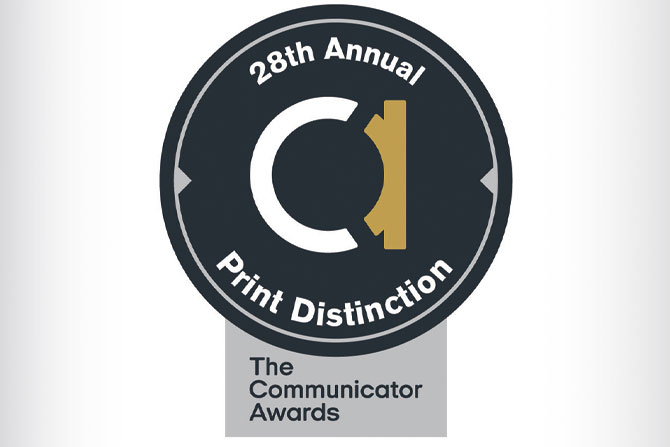You don’t work at a company like ours without being passionate about language, so being able to consult the AP Stylebook makes our office a friendlier place.
All living languages change. There are many gray areas, and what was true yesterday may change tomorrow. World and local events often drive the language. When events such as wars, pandemics and shootings occur, people need a way to talk about what has happened, which often involves coming up with new words. The same is true of social changes. People need to know how to talk about gender and generational differences. The changes never end.
That’s a challenging reality for anyone who works to update dictionaries, style guides, or both because it means they have to monitor language usage, written and online. They need to notice when changes occur, describe what happened, and then explain their conclusions to the rest of us.
The newsLINK Group follows AP Style because their guide is well-suited to magazines like the ones we put together. We aren’t their only audience. Even though journalists are the intended audience, the AP Stylebook is well-respected and popular. Many people refer to it the same way we do.
Previous guidelines and handbooks produced by The Associated Press date back to June 1900, and The AP Stylebook’s first edition was published in 1953. The AP Editors published the 56th edition June 1, 2022.
Paula Froke, AP Stylebook editor, described the process in an article on the company website. She is part of an extensive team whose goal is consistent with AP journalism. In addition to striving for accuracy, they also work to be clear, fair and concise.
The core team for the 2022 guide includes Paula and six other members: Anna Jo Bratton, Andale Gross, Jeff McMillan, Pia Sarkar, Jerry Schwarz and Raghuram Vadarevu. The standards editor, John Daniszewski, and AP senior news leaders are often involved. You probably haven’t heard of them, but they shape what you read. All of them are experienced professionals at AP who provide a broad background of interests and skills.
The core team talks with AP reporters and editors, but they don’t stop there. They also talk with people and organizations that are not part of the AP. That includes listening to what Twitter and Facebook followers say and thinking about the questions submitted online through the Ask the Editor feature.
The core team meets by Zoom once or twice every week to discuss their work. They review drafts between meetings. Everything can’t go in; the team has discussions that sometimes last months or longer and revisions are frequent. They work hard to decide which subjects have the most interest, the greatest importance and maximum usefulness.
When the core team is ready, they make updates public and wait for feedback. According to Paula, the reactions are sometimes intense. Although most feedback reflects the ideas that have already been discussed, sometimes people bring up new ideas that merit additional revisions.
Having a style guide like the AP Stylebook is indispensable for a company like ours. It is as invaluable as having a dictionary, and doing without their work is unthinkable. You don’t work at a company like ours without being passionate about language, so being able to consult the AP Stylebook makes our office a friendlier place. Using an impartial source, like the AP Stylebook, allows us to settle questions without scuttling amicable relationships.
We pride ourselves on our knowledge of the English language, but we can’t match the depth and breadth of what the AP Stylebook provides. The AP editors are in an excellent position to see how language is changing everywhere, and we appreciate being able to access their expertise. It changes discussions so that decisions are made impartially, based on facts and expert consensus, instead of being made by seniority or an opinion poll that doesn’t have enough people involved to mean much of anything.
We look forward every year to the latest update. We’re delighted that it is finally here again.






